Honoring LGBTQ+ History in National Parks
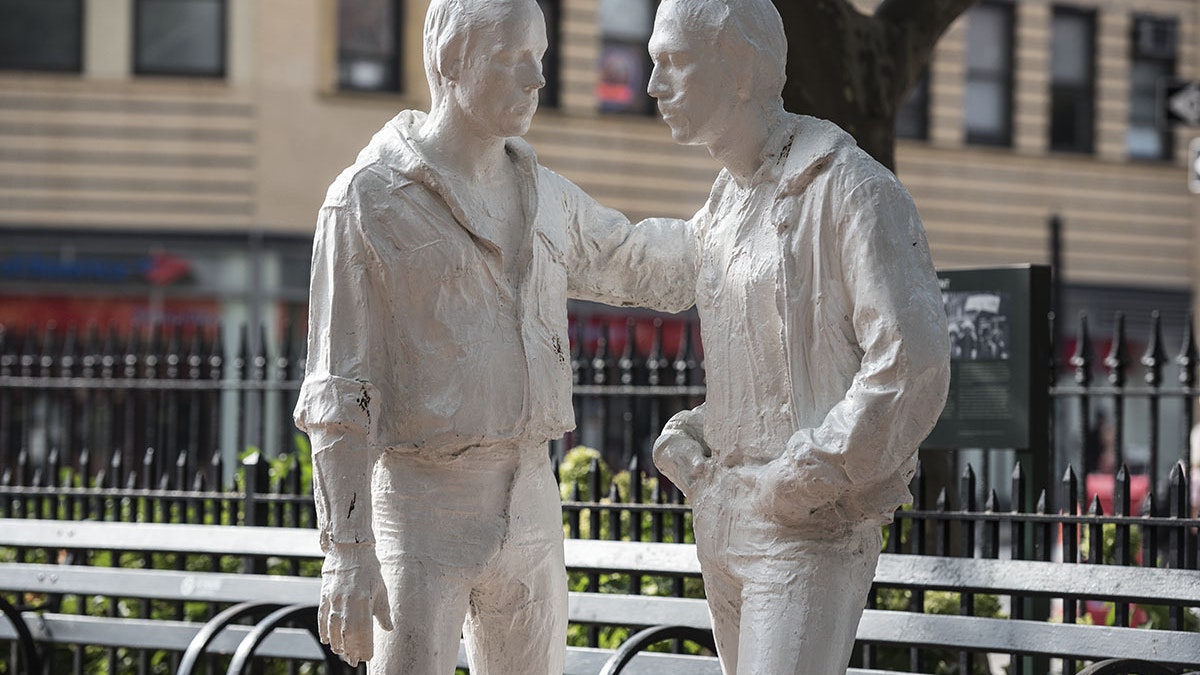
.
.
The rich histories of lesbian, gay, bisexual, transgender, and queer (LGBTQ+) Americans are pivotal in telling a more complete history of the United States. For many years, the stories of LGBTQ+ Americans have been erased through laws and prejudice, appearing sporadically in records. Yet for many LGBTQ+ groups, preserving and interpreting their past has been an important part of building communities and mutual support, and thanks to these efforts we can find LGBTQ+ histories across the country.
The National Park Foundation (NPF) and our work in preserving history and culture in parks aims to share more comprehensive and inclusive stories that amplify the full range of experiences and voices that are woven into the fabric of the United States, including those of members of the LGBTQ+ community. The NPS LGBTQ+ theme study, edited by Megan Springate and supported by NPF thanks to the generous funding from the Gill Foundation, helps explore some of these histories. Discover the fascinating stories of LGBTQ+ individuals preserved in national parks across the country.
Marsha P. Johnson & Sylvia Rivera
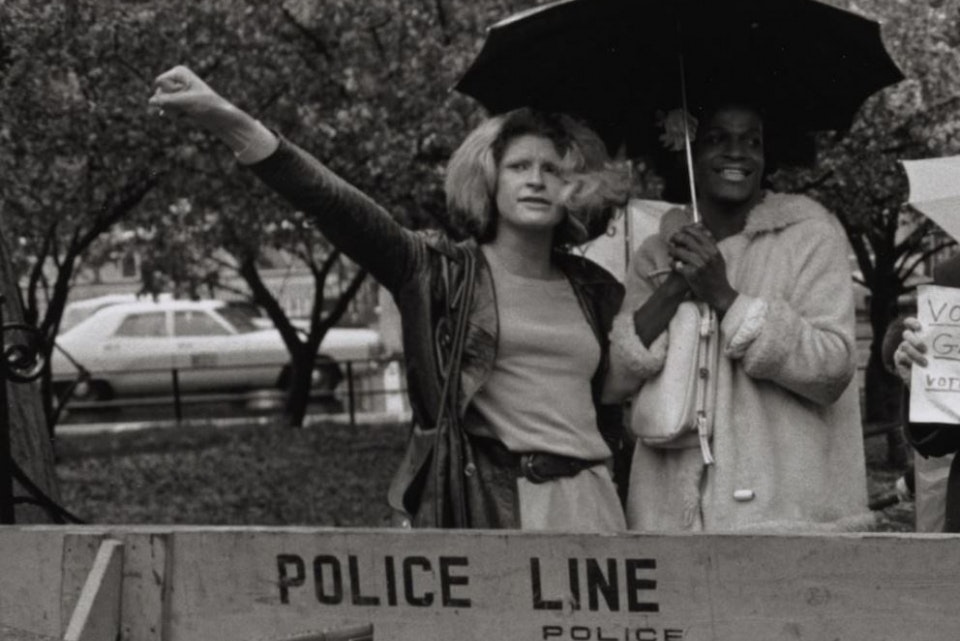
Both Johnson and Rivera experienced difficult childhoods due to bullying, homophobia, and transphobia, and when the two met in 1963, they became lifelong friends. Johnson and Rivera emerged as prominent leaders after the events of the 1969 Stonewall Uprising, now preserved at Stonewall National Monument.
Together, Johnson and Rivera created the trans rights group Street Transvestite Action Revolutionaries (STAR) in 1970, providing housing to unhoused and transgender youth. It was the first LGBTQ+ youth shelter in North America, and Johnson and Rivera were the first trans women of color to lead an organization in the country. Both Johnson and Rivera continued to advocate for the rights of people of color, people with low-incomes, and queer and trans communities. In 2019, New York City announced its plans to build two monuments honoring Johnson and Rivera for their lifelong commitment to ending the oppression of marginalized communities.
Henry Gerber
Born in 1892 in Bavaria, Henry Joseph Dittmar immigrated through Ellis Island to the U.S. with his family in 1913, changing his name to Henry Gerber. He began his military career with the U.S. Navy around 1914 and later joined the U.S. Army, though records are unclear. In 1920, Gerber rejoined the army as a printer and proofreader in Coblenz, Germany, where he became aware of the early gay liberation movement, then called the homophile movement. Upon returning to Chicago, Gerber and some of his friends founded the Society for Human Rights in 1924, an organization to protect the rights and interests of gay and lesbian individuals – the first organization of its kind in the U.S.
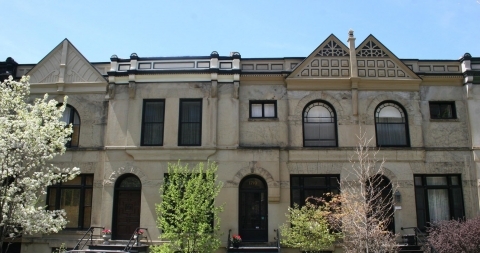
The Henry Gerber House, now designated a National Historic Landmark, is where Gerber, the organization’s secretary, likely wrote the organization's correspondance and newsletters, such as Friendship and Freedom. After the second newsletter was published, Gerber’s home was raided, confiscating all his papers and arresting him. He spent three days in jail and his case was eventually dismissed, but he had lost his job and life savings. A few years later, Gerber moved to New York City and continued his activism, writing for a variety of magazines. He reenlisted in the Army and served at Governors Island, now Governors Island National Monument, and was subject to beatings, blackmail, and harassment. Despite this, he continued to serve in the army until 1942, and continued writing and sharing his story for decades.
Alice Austen
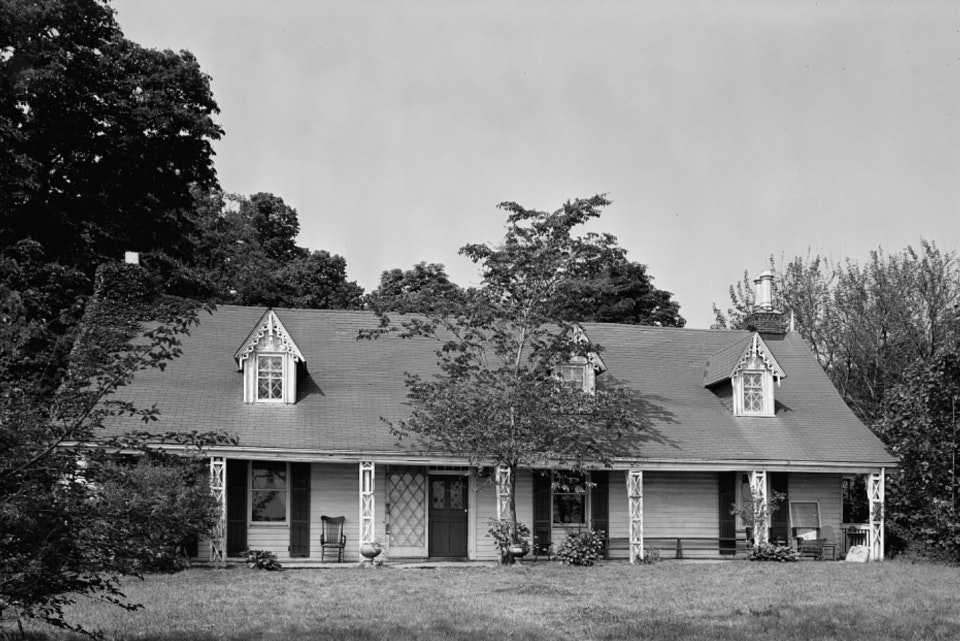
One of America’s earliest and most prolific woman photographers, Elizabeth Alice Austen was a prominent member of Staten Island society. Austen is considered one of the first woman photographers in America to work outside a studio, photographing the life of her family, friends, and social circle and later immigrants in Manhattan. Austen broke from contemporary societal strictures on feminine behavior, and her exploration of gender and societal norms is illustrated in many of her photographs.
Austen had an intimate, fifty-three-year relationship with Gertrude Tate, and between 1917 and 1945, Austen and Tate lived in “Clear Comfort,” Austen’s maternal grandparents’ home. “Clear Comfort” is now a National Historic Landmark, just six blocks north of Fort Wadsworth and Gateway National Recreation Area, and run by the New York City Department of Parks and Recreation. Austen died in 1952, and though she and Tate wished to be buried together, their families denied their wish.
Stormé DeLarverie
Born in New Orleans, Stormé DeLarverie began singing in jazz clubs at 15. New Orleans and its rich history as the birthplace of jazz is now preserved at New Orleans Jazz National Historical Park, where visitors can learn more about jazz and jazz performers such as DeLarverie. After touring Europe singing, DeLarverie landed in New York City, where she became the master of ceremonies for the Jewel Box Revue, a variety show featuring 25 drag queens and DeLarverie as the lone drag king.
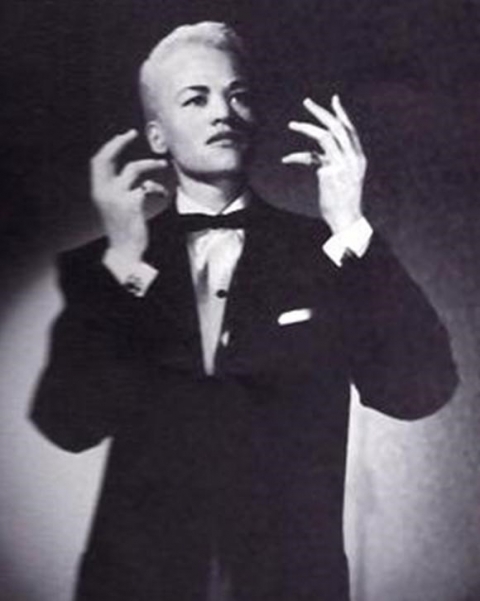
DeLarverie called herself the “guardian of the lesbians in The Village,” patrolling the streets of Greenwich Village with a concealed rifle to ensure all the lesbians and kids experiencing homelessness were safe. At the time, New York City’s laws required every person to wear at least three pieces of clothing that matched the gender they were assigned at birth – DeLarverie was detained multiple times for wearing both men’s and women’s clothing. Some believe it was DeLarverie who started the Stonewall Uprising, a story now preserved at Stonewall National Monument, though DeLarverie went back and forth on the story herself, and later on preferred not to talk about specifics. Nevertheless, DeLarverie spent her life advocating for LGBTQ+ people and had no tolerance for discrimination, or "ugliness" as she called it, and she continued her rounds of the neighborhood, looking out for her community, every night, even as an octogenarian.
Archibald Butt & Francis Millet
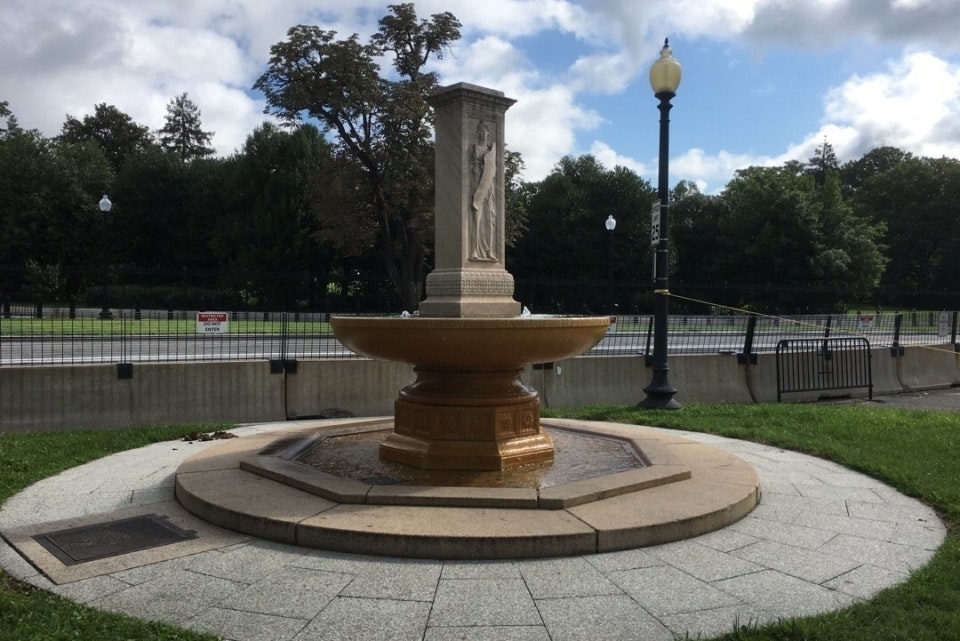
Archibald Willingham Butt and Francis David Millet died aboard the RMS Titanic in April 1912. Believed to be the only U.S. officials who perished aboard the ship, mystery has surrounded them ever since their death. Millet served as the vice chairman of the Commission of Fine Arts and was an accomplished painter, sculptor, and writer. A married father of three, Millet also had several same-sex relationships in his life. Butt served as a military aide to Presidents Theodore Roosevelt and William H. Taft and was known for being one of the most eligible bachelors in Washington, D.C., at the time.
Butt and Millet were close friends and housemates and often attended parties and social gatherings together, leading to some historians asserting that they were involved in a romantic relationship. At the time of their death, they were returning from a vacation in Europe. The Butt-Millet Memorial Fountain, the first memorial built on the Ellipse of President’s Park, was authorized by a joint resolution from Congress after their passing.
Dr. Clyde Wahrhaftig
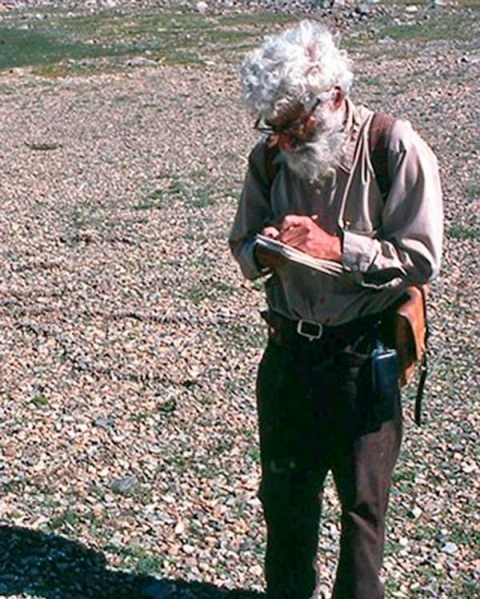
Dr. Clyde Wahrhaftig was an American geologist, professor, environmentalist, and LGBTQ+ leader. After earning his Ph.D. in geologist at Harvard in 1953, Dr. Wahrhaftig taught at the University of California, Berkeley for 22 years.
Meanwhile, he began work with the U.S. Geological Survey (USGS) in 1941, conducting fieldwork in Alaska, Yosemite National Park, and along the California coast, including Golden Gate National Recreation Area. Dr. Wahrhaftig spent much of his career working alongside his life partner, Dr. Allan Cox, who he first met while doing fieldwork for USGS in Alaska.
Passionate about making geological thinking accessible to everyone, Dr. Wahrhaftig pushed for LGBTQ+ representation and inclusion in science and worked to create opportunities for people of color in geology. Working with education programs in Hunter’s Point, Dr. Wahrhaftig led geological field trips for local students, and in 1971 he became the first chair of the Minority Participation in the Earth Sciences committee with the Geological Society of American (GSA). In 1989, Dr. Wahrhaftig received the Distinguished Career Award from the GSA, and much of his acceptance speech centered around his relationship with Dr. Cox, who had passed away two years earlier.
Reverend Dr. Anna Howard Shaw
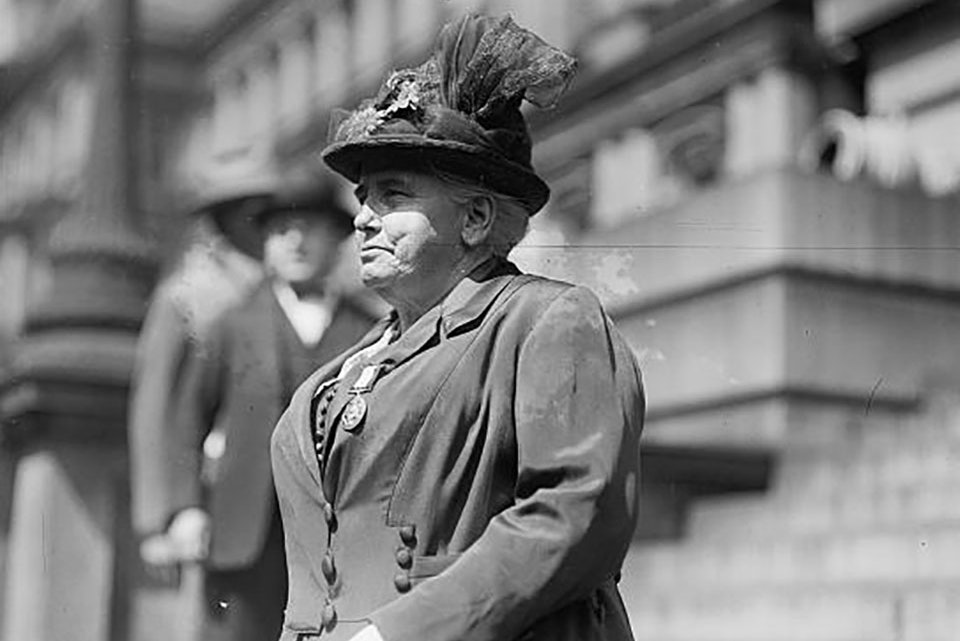
Born in northern England in 1847, Anna Howard Shaw immigrated to the U.S. with her family at four years old, and lived in New Bedford, Massachusetts for a while. New Bedford's history as the center of the 19th century whaling industry, a stop along the Underground Railroad, and a bustling, diverse city is preserved today as New Bedford Whaling National Historical Park. Shaw later pursued teaching and worked as a seamstress in rual Michigan before enrolling in Boston University and becoming a Methodist minister in her mid-twenties. Shaw earned her medical degree in 1866, but soon turned to political work.
Shaw established herself as an advocate for temperance and women's voting rights, working as a paid lecturer with the Massachusetts Women Suffrage Association and later the Women's Christian Temperance Union, a national organization working against the consumption of alcohol, traveling extensively to promote both causes. In 1904, she was elected president of the National American Woman Suffrage Assocation (NAWSA).
Though Shaw advocated for working class women, she also espoused anti-immigrant ideas, and NAWSA was openly hostile toward African American women and other non-white individuals under her leadership. Shaw died less than a month after the 19th Amendment was passed by Congress with her partner of 30 years, Lucy Elmina Anthony, by her side.
Henry Wadsworth Longfellow Dana
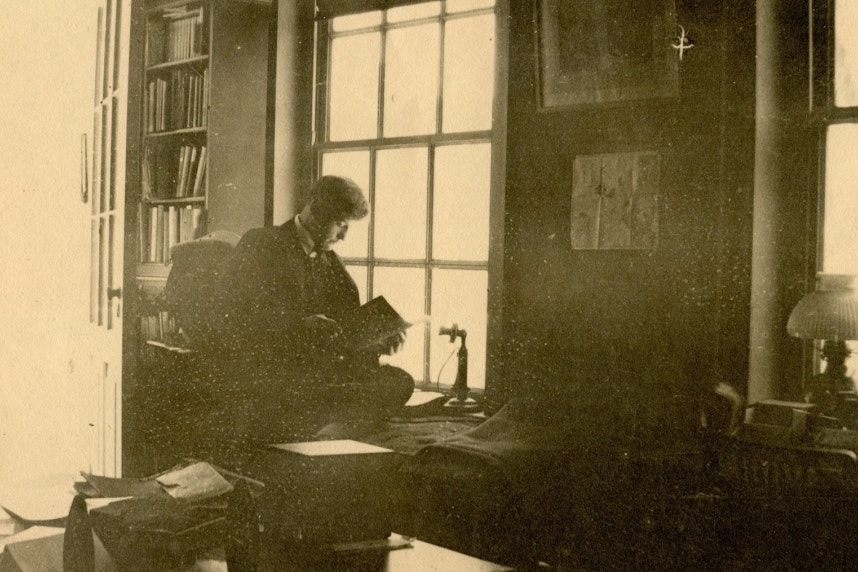
Known as “Harry” to his friends, Henry Wadsworth Longfellow Dana was the grandson of poet Henry Wadsworth Longfellow. A respected teacher, author, and preservationist, Dana was lauded for his understanding of Russian drama and as a gay man, was an advocate for younger men as they navigated the elite social circles of Harvard and Cambridge. Dana fought for laborers and unions, and eventually was dismissed from teaching comparative literature at Columbia University for his pacifist views during World War I and began to live and work in his grandfather’s home.
Dana’s work to preserve his family’s literary legacy led to the eventual establishment of Longfellow House-Washington’s Headquarters National Historic Site. Dana collected objects, photos, letters, and other items to tell the story of the two branches of his family – both Longfellow and author Richard Henry Dana Jr. Dana’s life story is often told through these collections as an archive of his own work for future generations to enjoy.
These stories are a glimpse into the countless lives and histories of LGBTQ+ Americans connected to national parks. Visitors today continue to bring their own experiences and stories to our parks. NPF is proud to support outdoor exploration programs that help people of all identities to find their personal connections to parks, such as the Northwest Youth Corps Rainbow Conservation Crew. Comprised of LGBTQ+ youth and young adults, this crew tackled maintenance projects at three national parks, rehabilitating natural habitats, making parks safer for visitors, and building much-needed community and connections with their fellow crew members.
We encourage you to seek out LGBTQ+ stories – past, present, and future – experienced in parks.